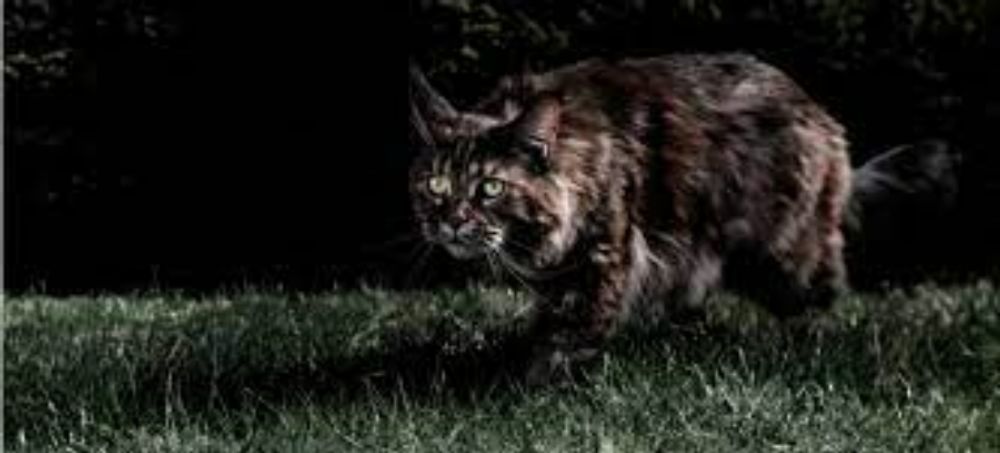

Myth No. 1: Are dogs capable of love?
TRUE. Puppy love is not simply known by that moniker. According to scientific studies, much like a human brain is released after a hug or kiss, the love hormone, oxytocin, is released by a dog's relationships with people and other dogs.

Myth #2: A wagging tail indicates a happy dog, and a purring cat indicates a happy cat.
True…sometimes. Although a cat's purring normally denotes contentment, it can sometimes signify stress, bad health, or suffering. Some people believe that cats use it as a self-comfort mechanism to help them relax and recuperate. A dog's tail may wag to indicate happiness or fear, much like a human's tail can. Research shows that a dog's tail wagging to the right suggests happy or enthusiastic feelings, whereas wagging to the left indicates worried or worrisome feelings.
Myth #3: Dogs lack color vision.
It's a common misconception that dogs can only see in black and white. But this is only a myth. Canines do have some colour perception, although it is not as excellent as human vision. Their vision is similar to what humans perceive at night. The eyesight of a dog, according to veterinarians, is comparable to that of a human who is colorblind to either red or green. canines struggle to identify the colours green, yellow, and red, but color is just one of the many environmental signals that canines may pick up on.
Myth #4: Cats are among night time animals.
Night creatures include cats. Being naturally crepuscular, they are most active at dawn and dusk, when there are the most possibilities for hunting, despite the fact that they do not hunt at night.

Myth #5: Black cats are unlucky.
Similar to the belief that breaking a mirror or stepping underneath a ladder will bring bad luck, this is only a superstition. Different cultures and faiths have different notions about what is lucky or unfortunate.
However, it's interesting to note that studies on asthmatic and allergic patients discovered that those with dark-colored cats were nearly four times more likely to have an allergy attack than those with light-colored cats. Researchers found that black cats' skin and saliva have a little higher allergen content.
Myth #6: Heartworms cannot infect indoor dogs.
False. Despite spending most of its time inside, a dog may nonetheless come into contact with a mosquito. A single mosquito bite can also transmit heartworm, which can be lethal in dogs. The owner's therapy will at the very least be expensive. Pets inside and outside should both receive heartworm prevention.
Myth #7: Cats do really land on their feet.
Although cats have a "righting reflex" that enables them to straighten their bodies after falling, how they land depends on how high they fell. At a low height, a cat could land on its side, however at a high height, a cat might suffer serious injuries.

Myth #8: Only when they are ill do dogs eat grass.
Your dog could be healthy even when they are eating grass, however it does happen occasionally. Some canines eat grass because they like the flavour or because it's necessary for their health. Additionally, it can signal that they are bored or utilising it as a digestive help.

Myth #9: Cats detest water
False. Even though your cat probably dislikes getting a bath, many cats and kittens find the sound of flowing water to be fascinating.
If you have any inquiries regarding any canine or feline urban legends or anything else pertaining to your pet, kindly get in contact with our experts at Hospital.
Myth #10: Cats have nine lives in all.
It is clear that this old myth is false since cats do not have inexhaustible lives. Because of their capacity to escape dangerous situations where other animals may perish, cats are said to have nine lives. There are several instances where cats are left abandoned without food or water and manage to survive for long periods of time. In certain cultures, it is believed that cats have seven lives. Cats, on the other hand, are adaptable, clever, and a little bit fortunate creatures.


